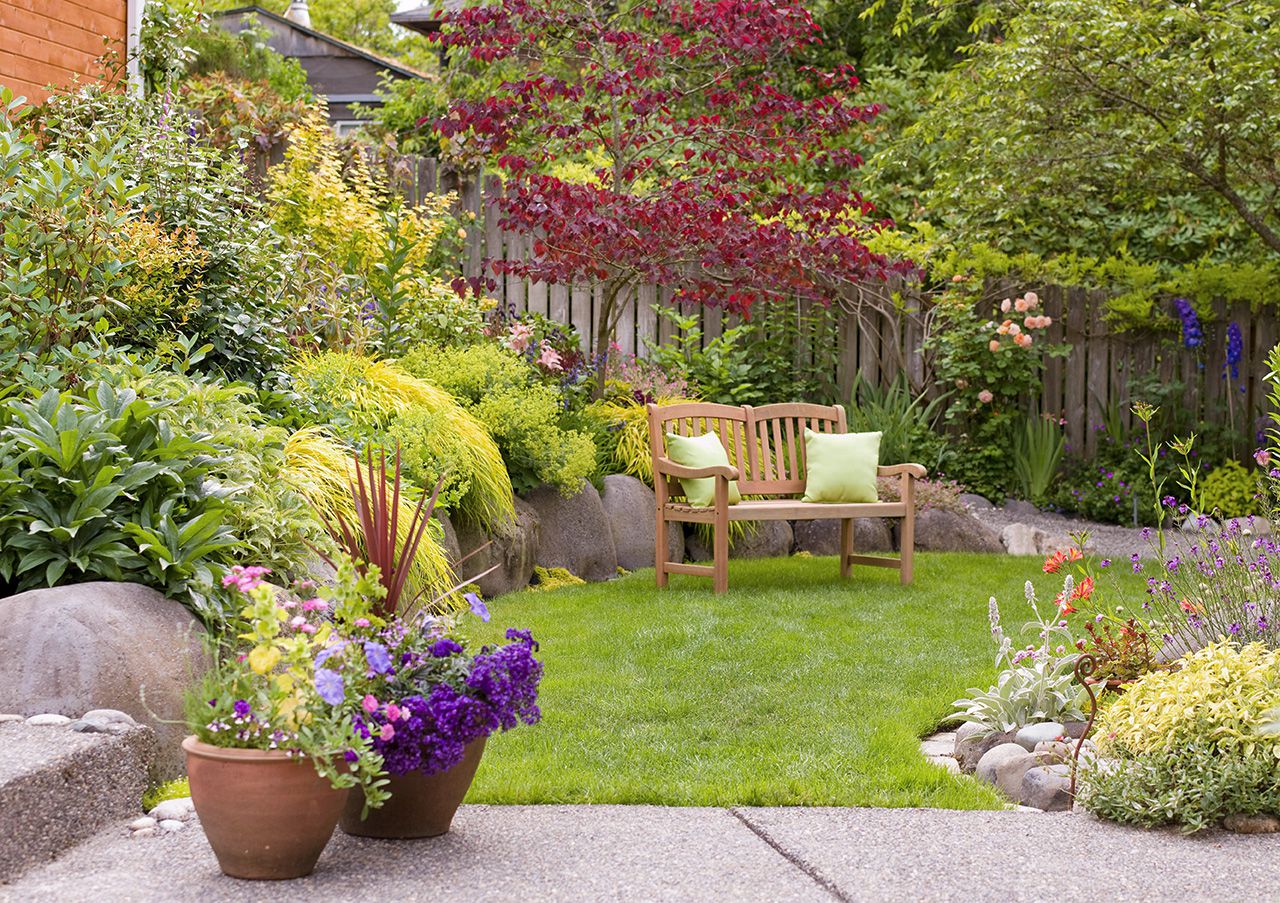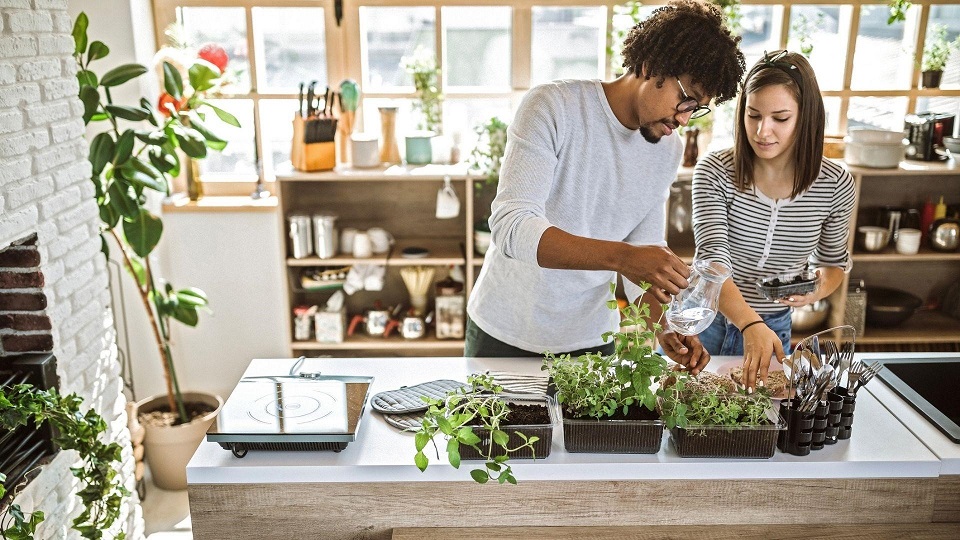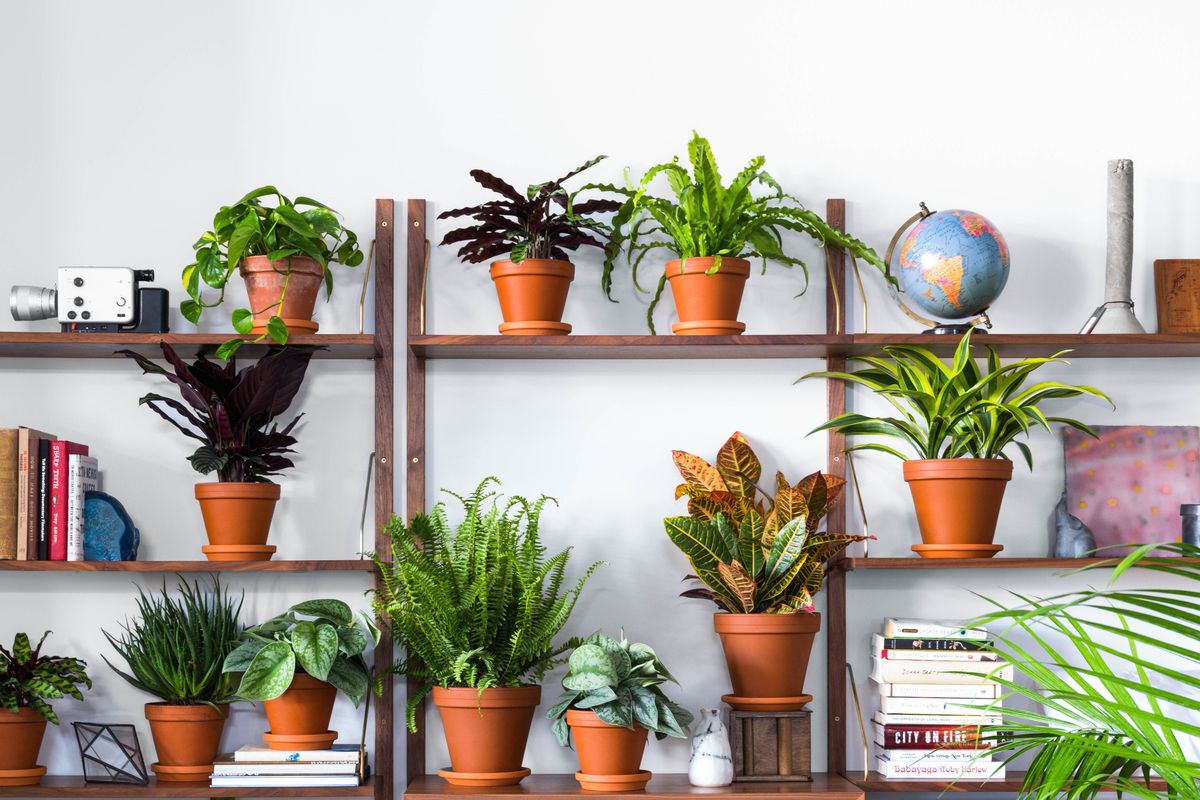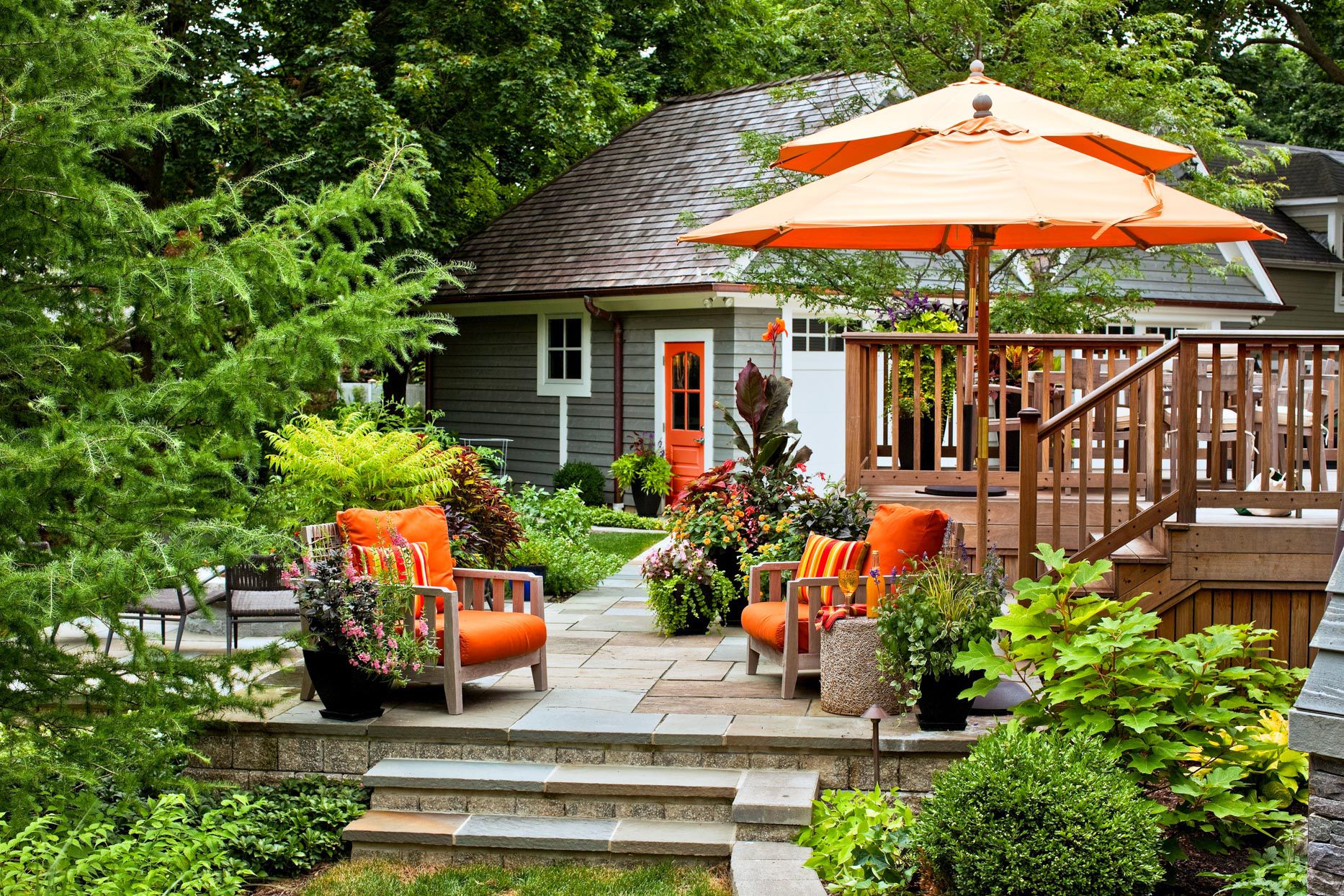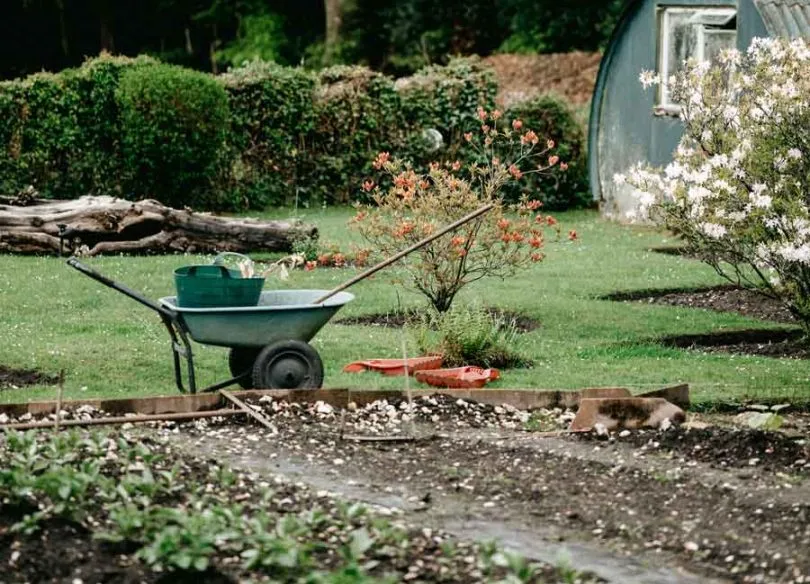Attracting Pollinators and Wildlife to Your Garden
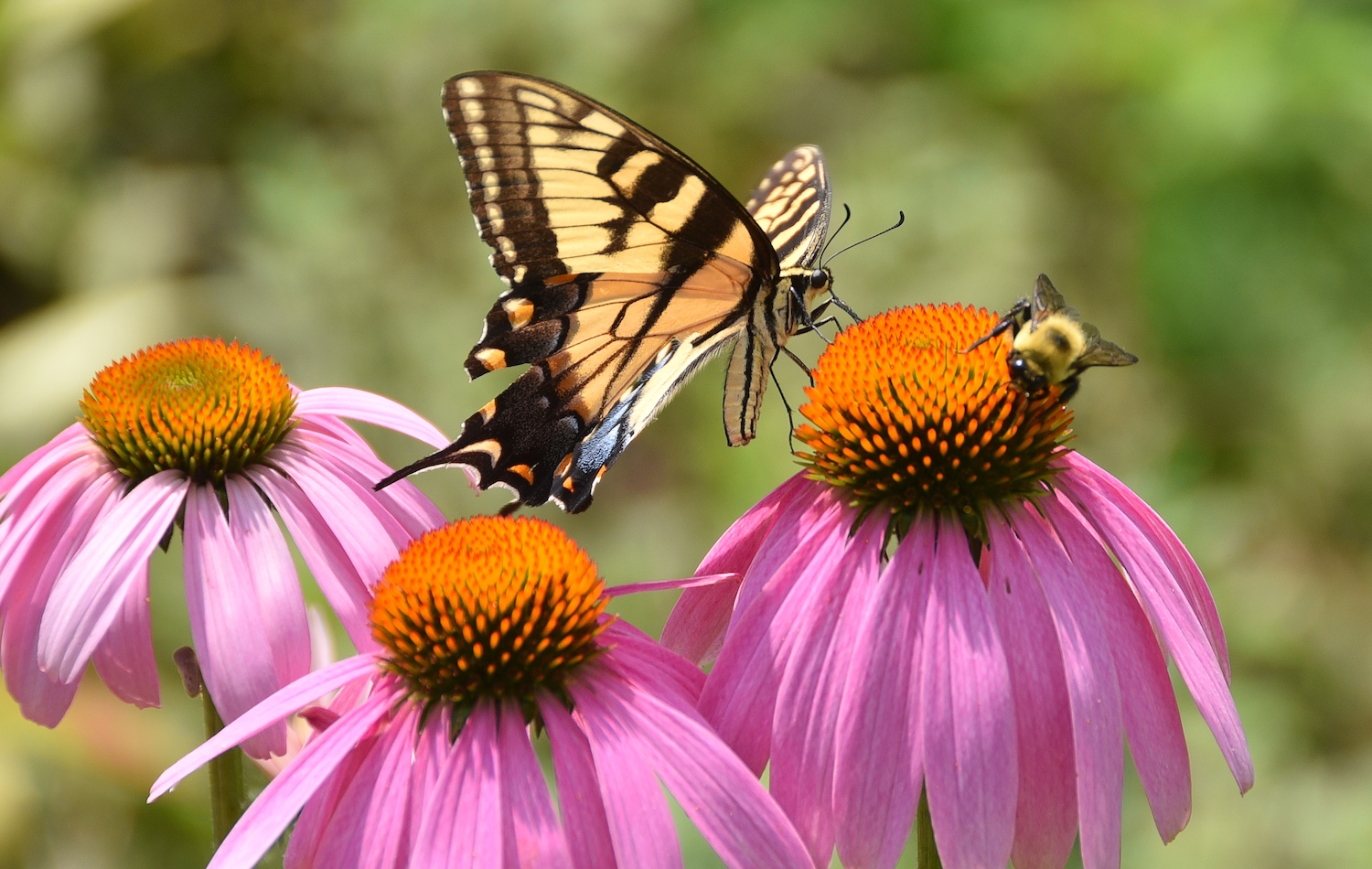
Anúncios
Gardens can make an important contribution to preserving biodiversity and maintaining a balanced ecosystem. Inviting local wildlife and pollinators into your garden will not only provide aesthetic value and a sense of wonder, but also do your part in improving the state of the world’s environment. When you make the habitats of these creatures comfortable, you are actively contributing to conservation efforts and preserving the delicate balance that exists in nature.
1. Importance of Wildlife and Pollinators in Agriculture
Pollinators include insects, birds and animals such as bees and butterflies, and are essential to the development of many plant species, including crops. They make it easier for pollen to move from one flower to another, which is necessary for plants to develop fruits and seeds. Wildlife, on the other hand, contributes to the regulation of insect populations, the dispersal of seeds and the maintenance of diverse and robust ecosystems.
Anúncios
2. Choose Plants that are Attractive to Pollinators
If you want to attract pollinators, choosing plants that provide what they need is crucial. When choosing pollinator-friendly plants, consider the following:
Local Flora and Fauna:
The region’s climate is ideal for the local flora, which provides a habitat for a variety of natural pollinators. They are an essential part of the region’s ecosystem and provide a rich source of food for the local flora and fauna.
Anúncios
Flowers in Different Colors:
Brightly colored flowers, especially blue, purple, pink and yellow, are very attractive to pollinators. Pollinators are attracted to flowers of these colors. These bright blooms act as beacons, drawing pollinators to your garden where they can do important work.
Flowering Plants That Produce Nectar And Pollen:
Choose plants that produce a lot of nectar and pollen, as they are the main source of nutrition for many different pollinators. Flowering plants with a simple, open design are more accessible to insects.
Inherited Prosperity:
Plant flowers that bloom at different times during the growing season by growing a variety of flowering plants. As a result, pollinators have a solid food source from spring to fall.
3. Provide Access to Water
Water is an essential part of the survival of all living things, including animals. To provide watering and bathing areas for pollinators and birds, install water sources in your yard. These can take the form of shallow dishes or bowls.
4. Provide Safe Shelter and Suitable Nesting Places
By providing nests and shelter for wild animals, you increase the likelihood that they will call your yard home. Consider the following options:
Birdhouses and Nest Boxes:
Installing birdhouses or nesting boxes can provide birds with a place to nest at this time of year. It is important to research the exact requirements of the different birds in your area, as these requirements are unique to each species.
The Shelter Of Butterflies:
When there is a storm or wind, butterflies look for safe places to hide. Butterfly houses provide insects with a comfortable resting place and protect their delicate wings from the elements.
Brush Stack:
To provide shelter for small mammals, insects and amphibians, you can make shrubs from fallen branches and leaves.
5. Minimize Or Eliminate Pesticide Use
Pollinators and other beneficial insects are vulnerable to pesticides. Reduce pesticide use in the garden and prioritize the use of natural techniques whenever possible.
6. Avoid Herbicides
Herbicides have the potential to eliminate vital food supplies for pollinators, such as the weeds and wildflowers they depend on. To help pollinators, use more natural weed control strategies.
7. Incorporate Water Features in the Design
Wildlife such as birds, frogs and dragonflies may be attracted to ponds, streams or other small bodies of water with aquatic plants. These water sources not only bring a soothing feel to your landscape, but also provide a habitat for the animals that live in the water.
8. How To Care For Beneficial Insects
Some insects, such as ladybugs and praying mantises, are natural enemies of pests that can cause problems in the garden. You can help these beneficial insects thrive in your garden by creating suitable habitats for them and avoiding the use of chemical pesticides.
9. Apply Greener Gardening Methods
Composting, mulching and other water and resource efficient gardening techniques are examples of sustainable gardening practices that can help you create a healthier, greener garden environment.
Conclusion:
It’s a rewarding and environmentally friendly activity, and attracting wildlife and pollinators to your garden is a win-win for everyone involved. You can create a safe haven for wildlife by choosing pollinator-friendly plants, providing essential supplies, and avoiding the use of harmful pesticides. This will help the natural world maintain its rich diversity.
FAQs:
1. Will attracting wildlife to my yard increase pest problems?
While some wildlife may feed on certain garden plants, attracting natural predators such as birds and beneficial insects can help control pest populations.
2. Can I attract bees and butterflies if I don’t have a large garden?
Yes, even small gardens or container gardens can attract pollinators. Choose a variety of nectar-rich flowers and provide a water source to attract bees and butterflies.
3. How do I prevent unwanted wildlife from entering my yard?
You can deter unwanted wildlife by using physical barriers such as fences or by using deodorizers. However, maintaining the balance of natural ecosystems is crucial.
4. Do I need to provide additional food sources for the birds in my yard?
While providing bird feeders can supplement their diet, planting native plants that produce seeds and berries will provide birds with a more sustainable food source.
5. Does attracting wildlife also attract predators?
Attracting wildlife can attract predators such as hawks, owls or cats. While it is a natural part of the ecosystem, providing enough cover for small wildlife can help keep them safe.
